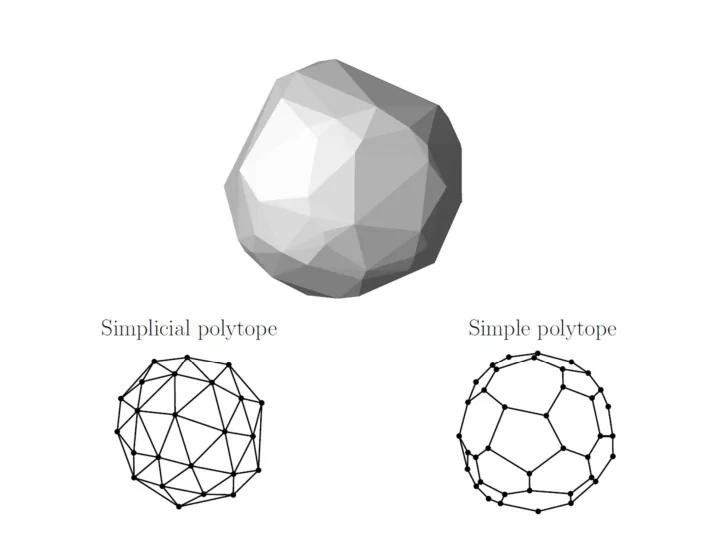

Planar Subdivision Let G =( V , E ) be an undirected graph. • G is planar if it can be embedded in the plane without edge crossings. • planar K 5 , not planar K 3,3 , not planar • A planar embedding (=drawing) of a planar graph G induces a planar subdivision consisting of vertices, edges, and faces.
Doubly ‐ Connected Edge List The doubly ‐ connected edge list (DCEL) is a popular data structure to store the geometric • and topological information of a planar subdivision. It contains records for each face, edge, vertex – (Each record might also store additional application ‐ dependent attribute – information.) It should enable us to perform basic operations needed in algorithms, such as walk – around a face, or walk from one face to a neighboring face • The DCEL consists of: – For each vertex v , its coordinates are stored in Coordinates( v ) and a pointer IncidentEdge( v ) to a half- edge that has v as it origin. – Two oriented half-edges per edge, one in each direction. These are called twins . Each of them has an origin and a destination . Each half-edge e stores a pointer Origin( e ) , a pointer Twin( e ) , a pointer IncidentFace( e ) to the face that it bounds, and pointers Next ( e ) and Prev( e ) to the next and previous half-edge on the boundary of IncidentFace( e ) . For each face f , OuterComponent( f ) is a pointer to some – half-edge on its outer boundary (null for unbounded faces). It also stores a list InnerComponents( f ) which contains for each hole in the face a pointer to some half- edge on the boundary of the hole.
Recommend
More recommend